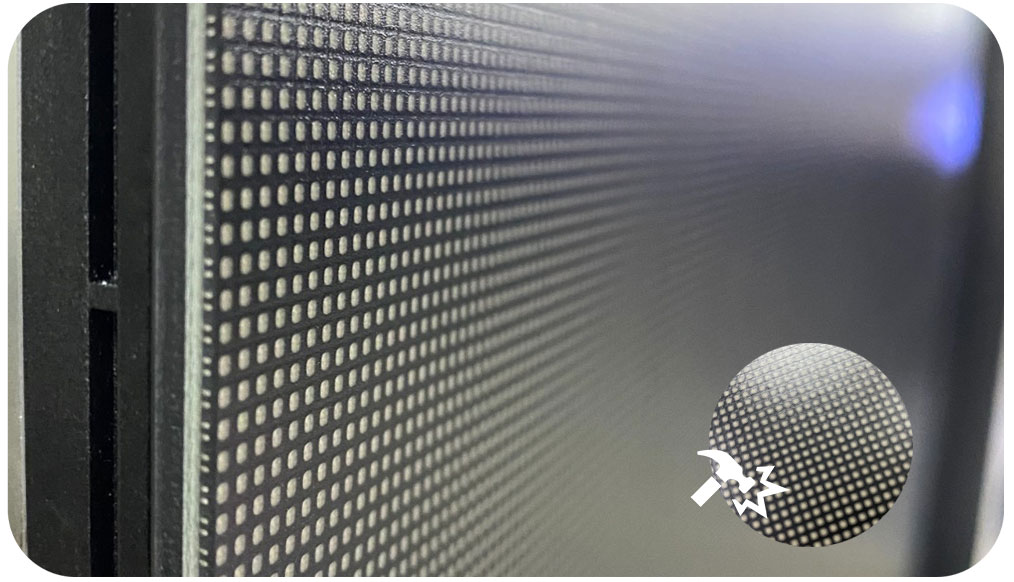Forced perspective is a technique that has soared in popularity for LED advertising screens over the last few years. From the bustling urban metropolises of New York, Tokyo, and London, to the world’s biggest airports and shopping centres, it’s likely that you have encountered this clever and impressive digital display technology.
Here’s a look at what it is, and how it can enhance your out of home advertising and marketing material.
What does forced perspective mean?
Forced perspective is content that can fool the eye into thinking that it is 3D from certain angles, by creating images with extra depth of field and strategic placement to give the illusion of a three-dimensional space. It does not actually reproduce 3D objects, but manipulates human visual perception through the use of scaled images.
It is a technique that is already widely used in film and photography to help make objects seem larger, smaller, or further away than they really are. For example, you have probably already seen examples of it in fantasy films such the Lord of the Rings Trilogy to create a contrast between the size of the hobbits and the other characters.
It can be achieved by placing two objects that you want to appear smaller and larger than each other at a certain distance, and then using a camera setting that can keep them both in focus. A wide angle lens can also be used from a low or high angle to create images with striking depth and contrast.
The use of forced perspective in digital advertising displays
Digital display technology has advanced considerably in quality and capability over the past few years, although even screens up to five years old can be used to show forced perspective images. In an out of home advertising landscape that is becoming ever more crowded and competitive, this can really have a strong audience impact.
Forced perspective is particularly impressive on a large scale, such as LED video walls. It can be used to grab attention and create that wow factor, as passers by stop and try to figure out what they are looking at. This effect works well in busy outdoor environments where there are many competing distractions for time and attention.
The technique also works well in smaller spaces such as retail environments, where the illusion of depth creates a compelling image that intrigues and grabs the attention.
Forced perspective in advertising has a purpose that goes beyond simply turning heads however. It can also be used to showcase products in more realistic detail, creating the sense that the viewer is looking at the real thing. This could be useful in a number of scenarios, from fashion and furniture, to tourism and travel.
Technical challenges
Although forced perspective is a relatively simple concept, it does need to be meticulously planned and designed to carry out the illusion successfully. It is best to use a high quality LED screen with a low pixel pitch so that the images are clear and sharp. The colour reproduction should be consistent and smooth for best results.
Forced perspective is most striking when used on a curved or corner display, because it can create the illusion of an image breaking out of the confines of the screen and taking on a heightened degree of realism. This type of image would be almost impossible for someone to walk past without looking twice.
It’s a technique that is already widely used in digital art displays and in the entertainment sector for concert and theatre backdrops, but is also now really taking off for LED advertising screens.
An example of forced perspective in LED screen advertising
One of the earliest examples of the forced perspective trend emerged in Seoul, South Korea. It was created on behalf of Samsung, and it featured a giant wave that had realistic depth and volume when viewed from a certain angle.
The display was transferred to Times Square in New York, with the addition of a blue whale and a cascading waterfall on the giant 1,400 sqm LED display. The project was the result of three months of digital and graphic design work, and a further month of planning and implementation.

